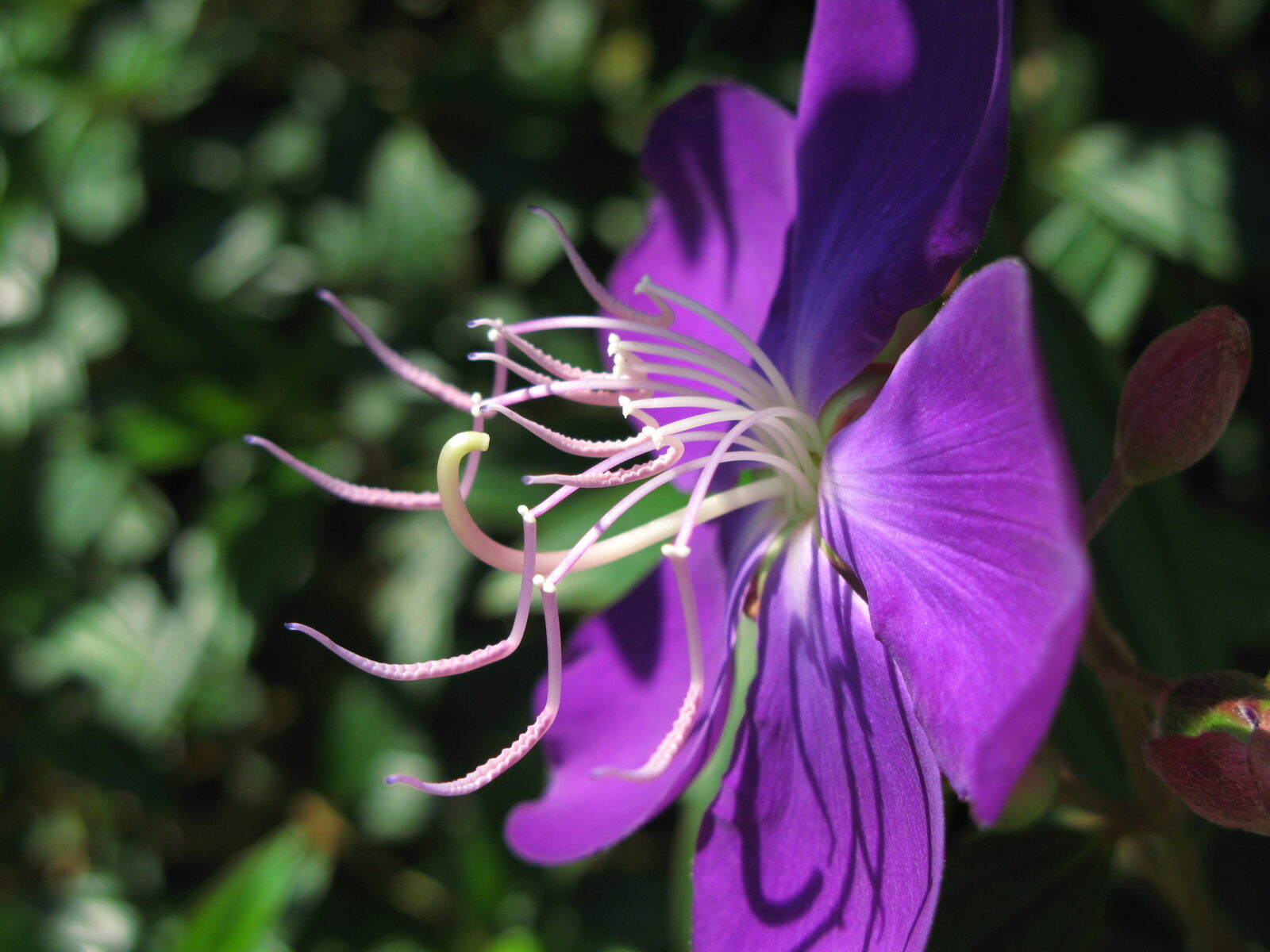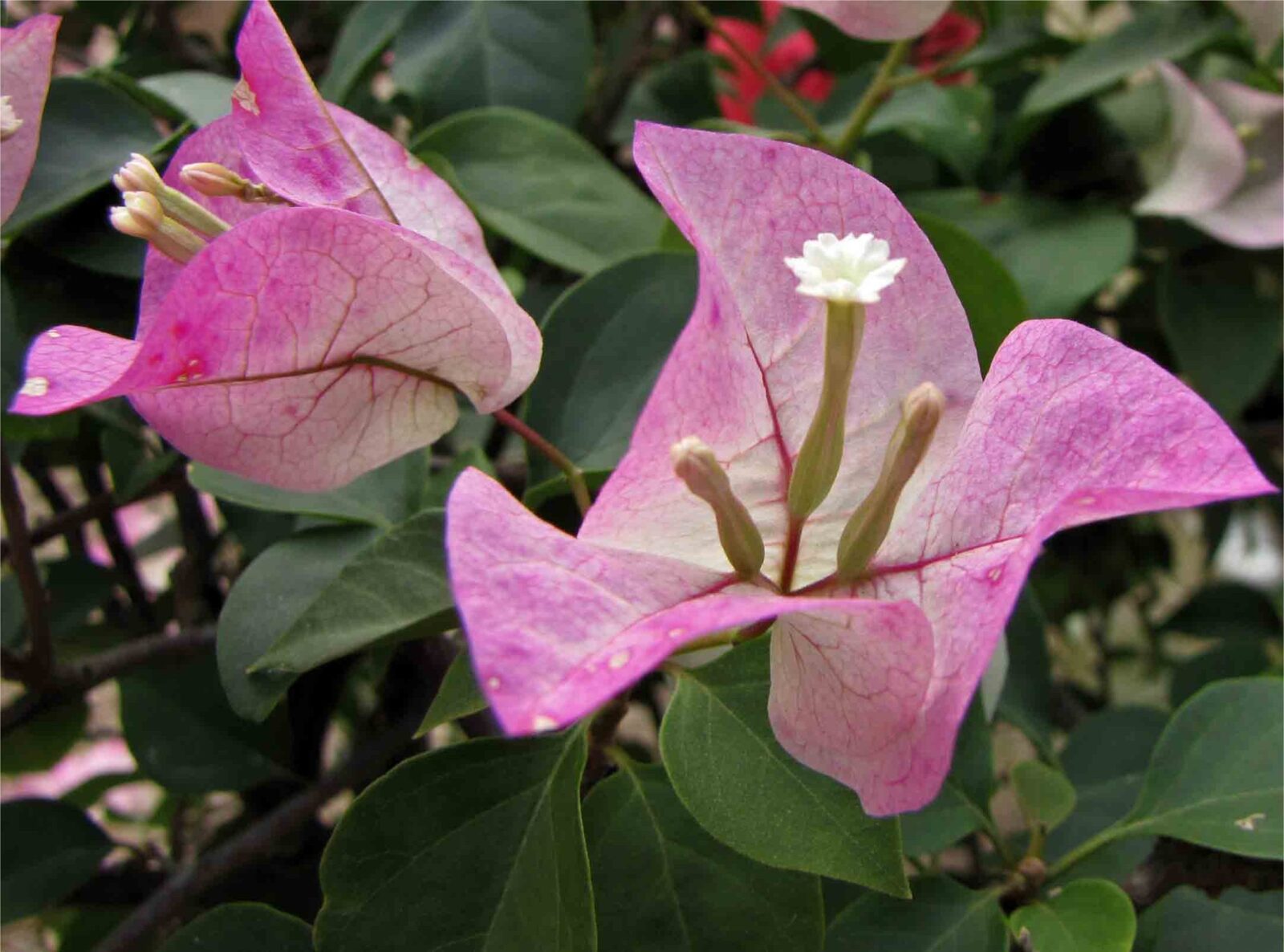Adding flowering bushes to your Florida garden can save you so much time and keep you out of the heat.…
Bougainvillea (pronounced boo-guhn-VIL-yuh) is a stunning and vibrant flowering plant that originates from the tropical and subtropical regions of South…

